Summer in Colorado is a time of beautiful weather, outdoor activities, and unfortunately, potential damage to your home’s siding. At Denver Siding Repair, we want to help homeowners understand the various types of damage that can occur during the hot summer months and how to prevent or address these issues effectively.
Intense Sunlight and UV Exposure
One of the primary challenges during a Colorado summer is the intense sunlight and high UV exposure. Prolonged exposure to UV rays can cause siding materials, especially vinyl and wood, to fade and lose their color. Over time, this can make your home look worn and outdated. UV damage can also cause vinyl siding to become brittle and crack, while wood siding may dry out and split. To combat this, consider using siding materials that are UV resistant or applying protective coatings to existing siding to prolong its lifespan and maintain its appearance.
Heat-Related Expansion and Contraction
Colorado’s summer temperatures can fluctuate significantly, causing siding materials to expand and contract. This thermal movement can lead to warping, buckling, or gaps in the siding. Vinyl siding is particularly susceptible to this type of damage, while fiber cement and engineered wood siding tend to perform better under these conditions. Ensuring that your siding is properly installed with the right allowances for expansion and contraction can minimize these issues. Regular inspections can help you identify and address any warping or gaps before they become major problems.
Thunderstorms and Hail Damage
Summer in Colorado often brings severe thunderstorms and hail, which can cause significant damage to your home’s siding. Hailstones can dent, crack, or even puncture siding materials, leading to moisture infiltration and further structural damage. Aluminum siding is particularly prone to denting from hail, while wood siding can suffer from cracks and water damage. Fiber cement siding is more resistant to impact but can still sustain damage from large hailstones. After a severe storm, it’s crucial to inspect your siding for any signs of damage and make necessary repairs promptly to prevent further issues.
Wind Damage
High winds accompanying summer storms can also pose a threat to your siding. Strong gusts can loosen or tear off pieces of siding, exposing the underlying structure to the elements. This is particularly problematic for older or poorly installed siding. Ensuring that your siding is securely fastened and in good condition can help mitigate wind damage. Regular maintenance and timely repairs are essential to keep your siding intact and protect your home.
Moisture and Humidity Issues
While Colorado is generally known for its dry climate, summer thunderstorms can introduce significant moisture and humidity, which can be problematic for certain siding materials. Wood siding is particularly vulnerable to moisture-related issues such as rot, mold, and mildew. Even vinyl siding can trap moisture if not properly ventilated, leading to similar problems. Choosing siding materials that are moisture resistant and ensuring proper installation and ventilation can help prevent these issues.
Preventative Measures and Maintenance
To protect your home’s siding from summer damage, it’s important to take proactive steps. Regular inspections, especially after storms, can help identify and address any issues early. Cleaning your siding to remove dirt, debris, and mildew can also extend its lifespan and maintain its appearance. Additionally, applying protective coatings and sealants can provide an extra layer of defense against UV rays, moisture, and other damaging elements.
The summer months in Colorado can pose several challenges to your home’s siding. At Denver Siding Repair, we are dedicated to helping you protect and maintain your siding through these conditions. If you think your home’s siding needs to be evaluated for repair or replacement, reach out to us today!

